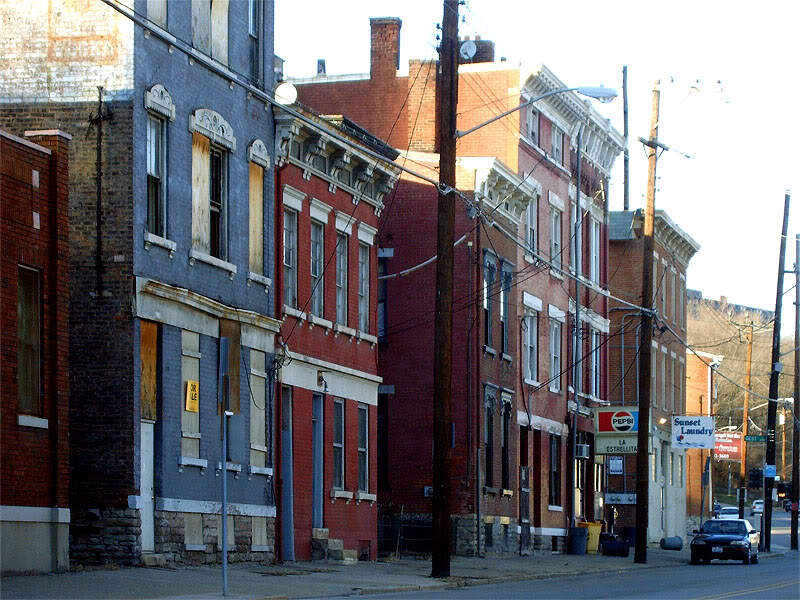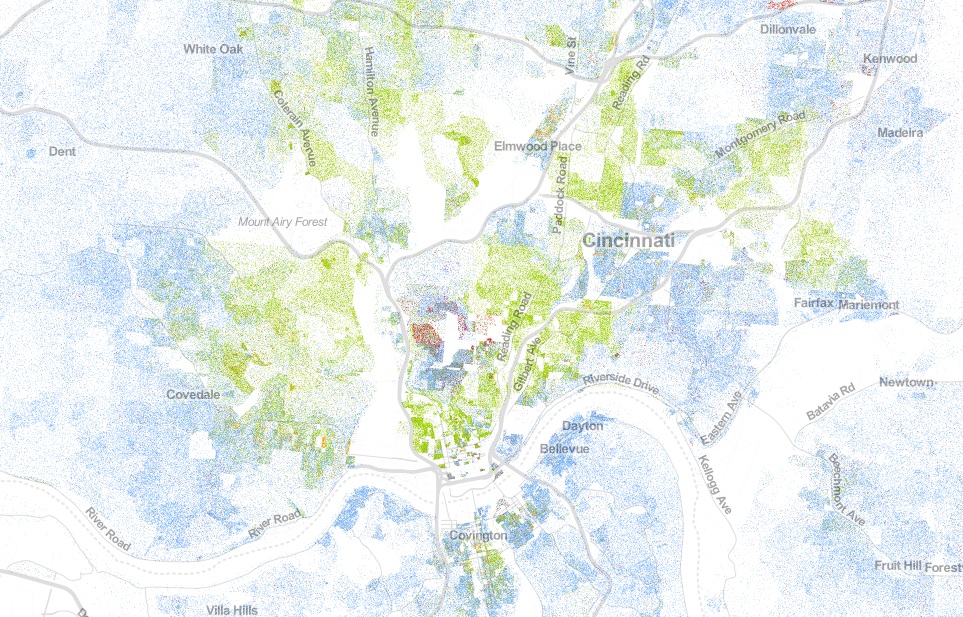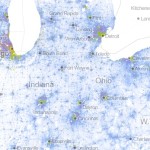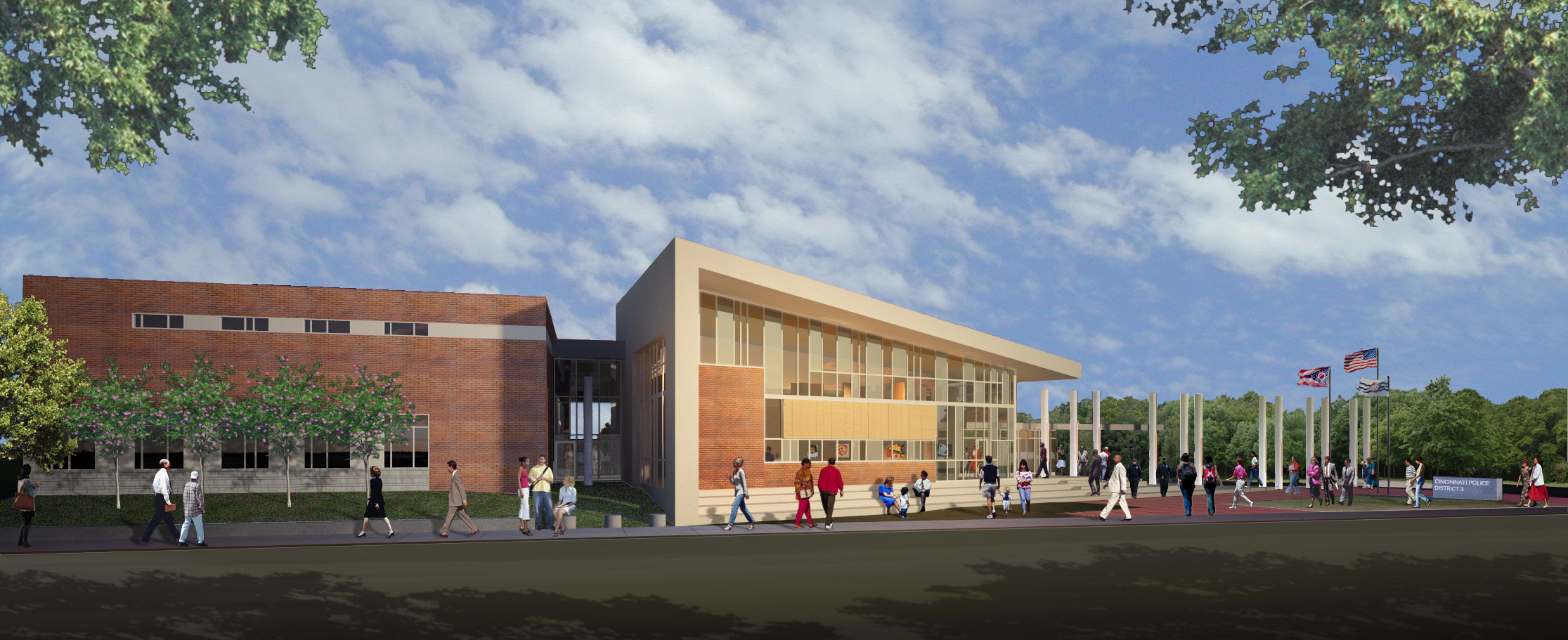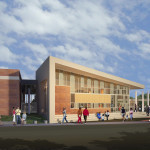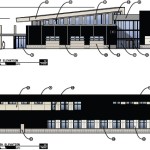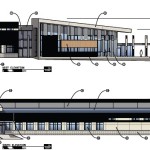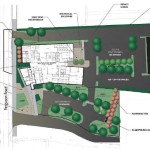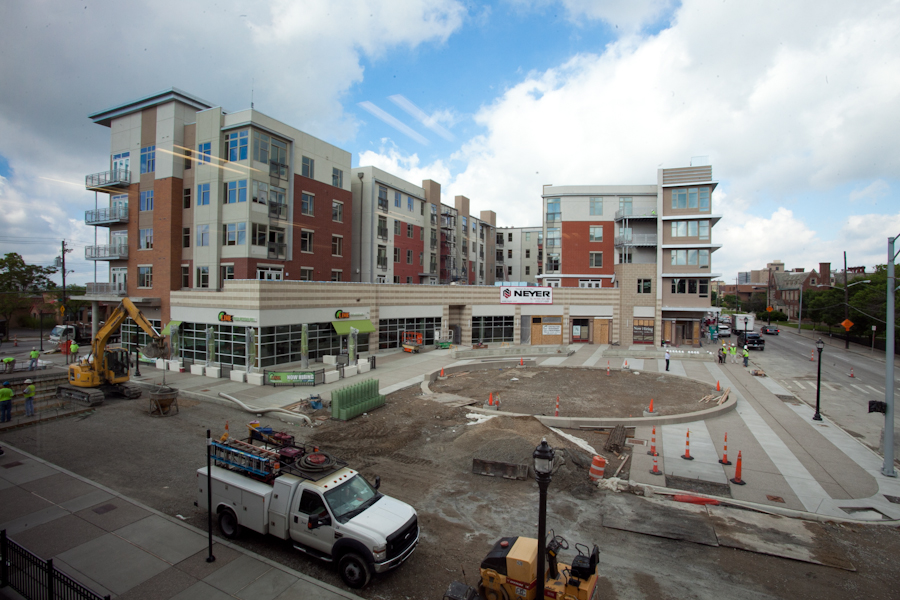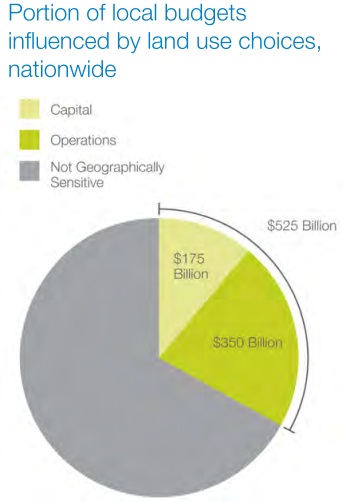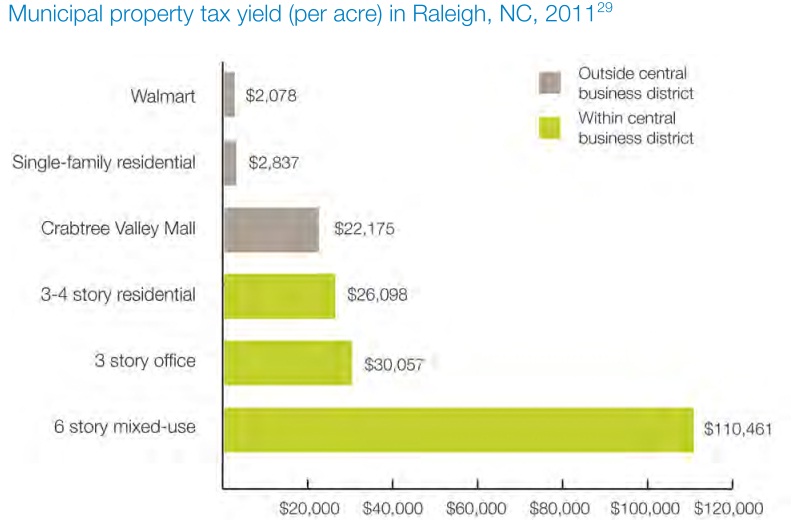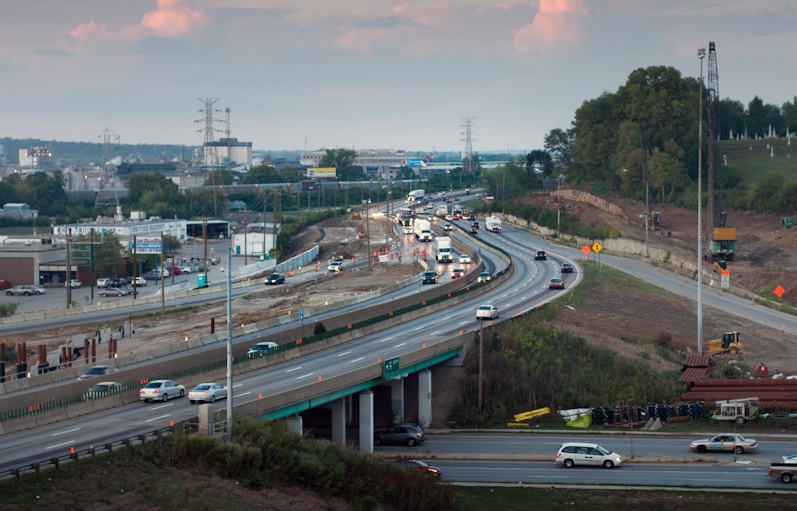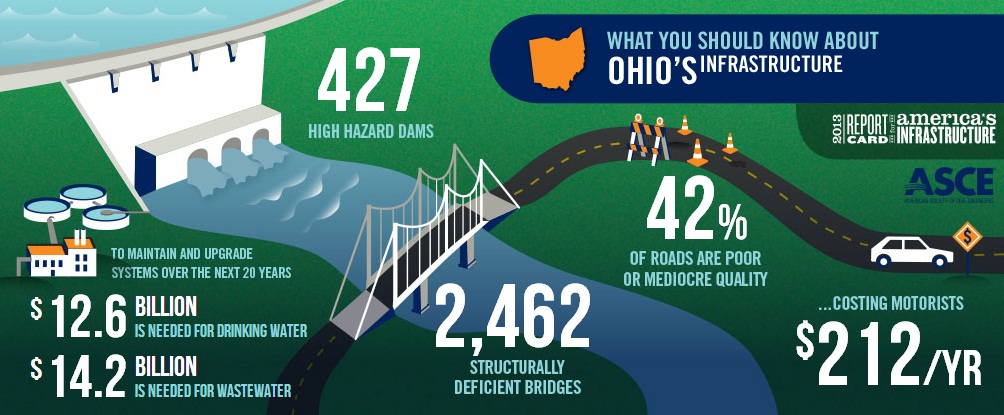The efforts to revitalize inner-city neighborhoods across the country have been well-documented, but it is not often that these efforts revolve around a truly cooperative approach. But this is exactly what Lower Price Hill Community School’s (LPHCS) Community Matters non-profit organization is trying to do.
Lower Price Hill is a relatively small neighborhood in terms of size, but its central location, historic building stock, and close proximity to both the Ohio River and Downtown make it extremely important.
The neighborhood was originally built in the 19th century in order to provide housing for workers in the Mill Creek Valley. Today the neighborhood is largely made up of Appalachians and a more recent influx of Hispanic immigrants from Guatemala.
Knowing the community inside and out, LPHCS, which is also is made up of a second non-profit called Education Matters, has developed a unique model of community redevelopment that places the neighborhood’s residents at the center of decision making and management. To this end, Community Matters will soon embark on a number of cooperative initiatives that will aim to both empower neighborhood residents and also provide them with something their neighborhood needs.
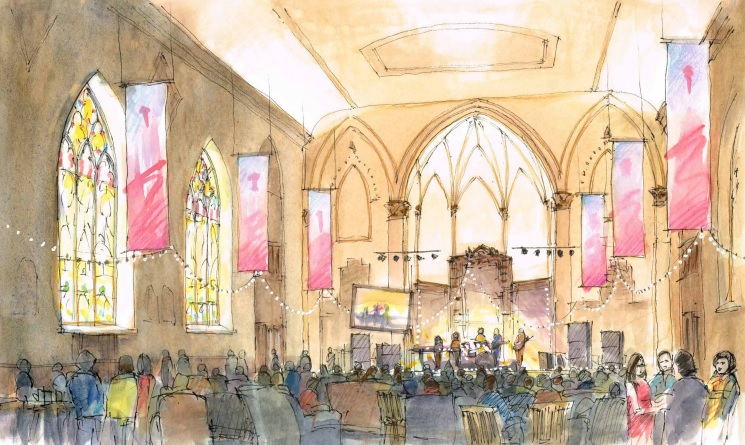
Interior rendering of The Sanctuary upon completion. Image provided.
“While we’re doing all of these projects, we want to help provide jobs to these groups and folks in the city, but also help employ folks in the community and even give them some ownership,” Mike Moroski, Director of Outreach Services at LPHCS, explained in a phone interview.
The first project is an $8.2 million renovation of the St. Michael the Archangel Parish buildings.
In order to move this project forward, the neighborhood took it upon itself to raise the first $2 million and using that as a commitment in order to leverage an additional $6.2 million in state and federal tax credits. Once complete, the renovated buildings will serve as a community focal point and special events venue, called The Sanctuary.
The next project will be a laundromat called Washing Well, which will feature eight washers and eight dryers. Due to the age of the neighborhood and low average household incomes, most residents need to use laundromats, but none currently exist in Lower Price Hill.
Moroski says that Washing Well will be an earned-income venture at first for Community Matters, but will be owned and managed by the Lower Price Hill community, with its revenues eventually going back into the neighborhood to support additional investment while also covering the costs of operating the laundromat.
During this process, LPHCS will also develop a co-op service learning center, along Warsaw Avenue, to support its existing GED program and a new Cincinnati State satellite operation, both of which will be managed by Education Matters.
After that Community Matters will move forward with renovating Urban Appalachian Council’s former building at Eighth and State Streets, which will then become the home of Jack’s Diner – the neighborhood’s only restaurant.
Moroski says that they decided to name it Jack’s Diner after one of LPHCS’ most engaged workers who developed a passion for the food industry after going through the Freestore Foodbank’s Cincinnati Cooks program.
Jack will manage the restaurant and has even come up with the idea of doing bike delivery service from the restaurant to businesses in Queensgate. Like the new Laundromat, the restaurant will start as an earned-income venture, but then be turned over to the community as a co-op.
In addition to all of this, Moroski says that Community Matters will open a thrift store, choice food pantry, and launch a business incubator in conjunction with Xavier University.
The cooperative visions for Lower Price Hill do not end, or even begin, with this wave of initiatives. When talking with Moroski, it is easy to see that Waterfields serves as a major inspiration for Community Matters.
Waterfields began operating in 2013 as an urban warehouse that provides restaurants with fresh micro-greens, and makes a point of employing Lower Price Hill residents at their rapidly growing aquaponics company. One of the company’s two founders also lives in the neighborhood.
Oyler School is another bright spot for the community. Since its $21 million renovation in 2012, it has been viewed as a national model for community involvement and engagement, attracting visits from prominent leaders from around the country to learn from its successes.
“What Dan started at Waterfields, what we’re doing, and with what Oyler is doing; all of these forces combining at one time is very cool,” exclaimed Moroski. “It’s all right here.”
Lower Price Hill is, perhaps, one of Cincinnati’s more overlooked neighborhoods, but with a strong neighborhood school, engaged community group, rapidly growing local food production business, laundromat, community and events center, restaurant and more all owned and managed by the community, the future only seems strong.
Those who want to help facilitate the process are encouraged to contribute to the LPHCS IndieGoGo campaign to help provide funding for these new initiatives. And Moroski says to be on the lookout for unique events that will be held throughout the year, culminating in the fall with what he is billing a “big blowout” event to close out the campaign in early October.
“With one donation you can support green energy, co-op business models, creation of pathways to careers, re-imagining historic buildings for new use, and the breathing of renewed life into a beautiful neighborhood.”
